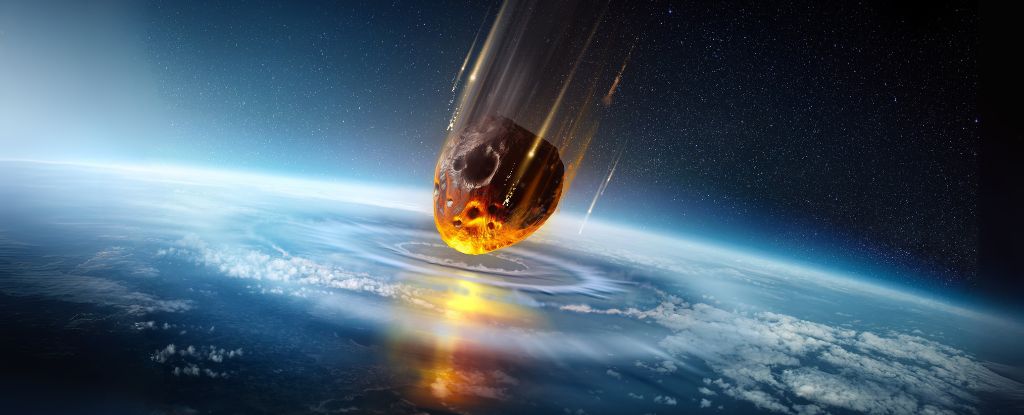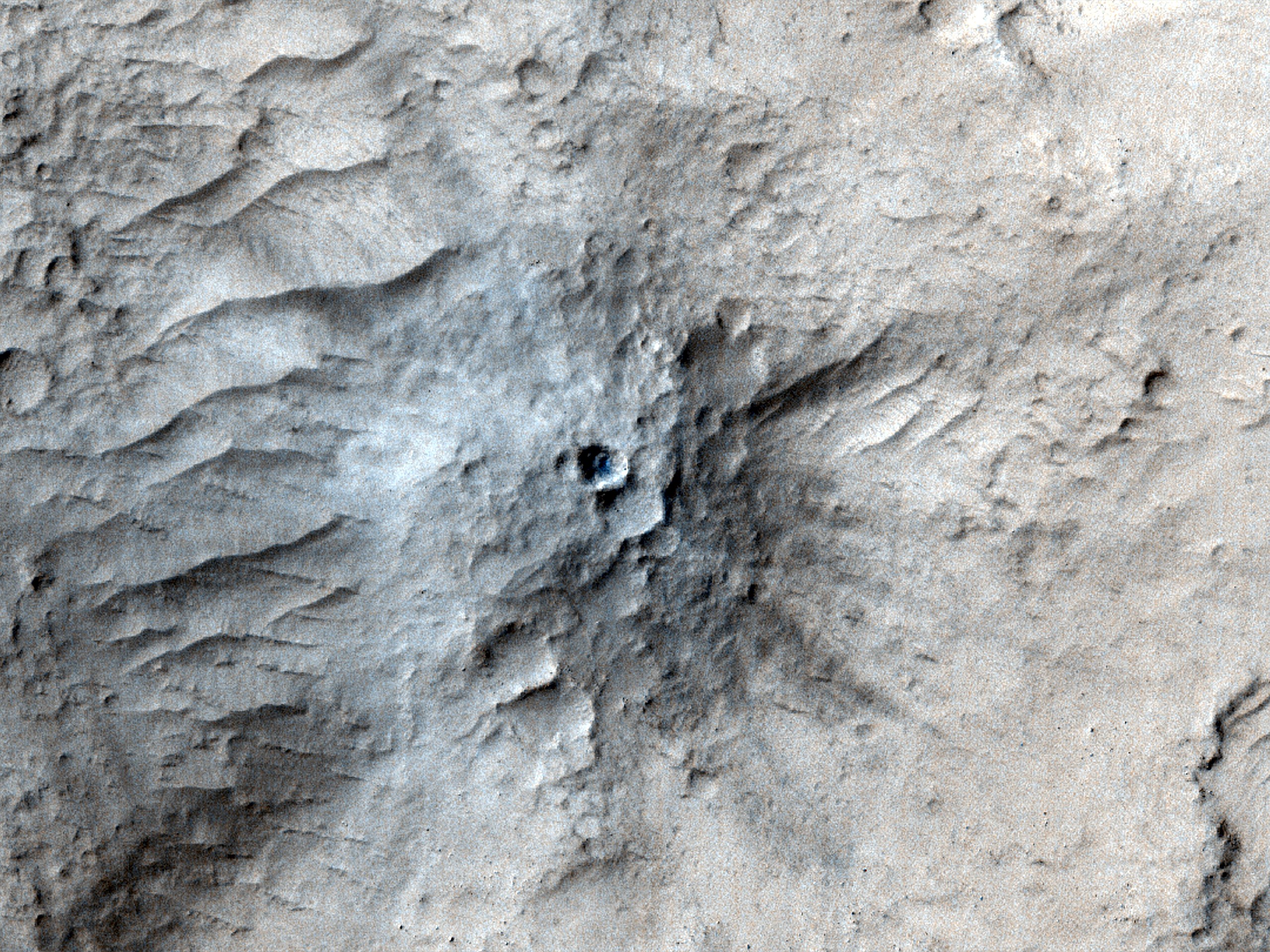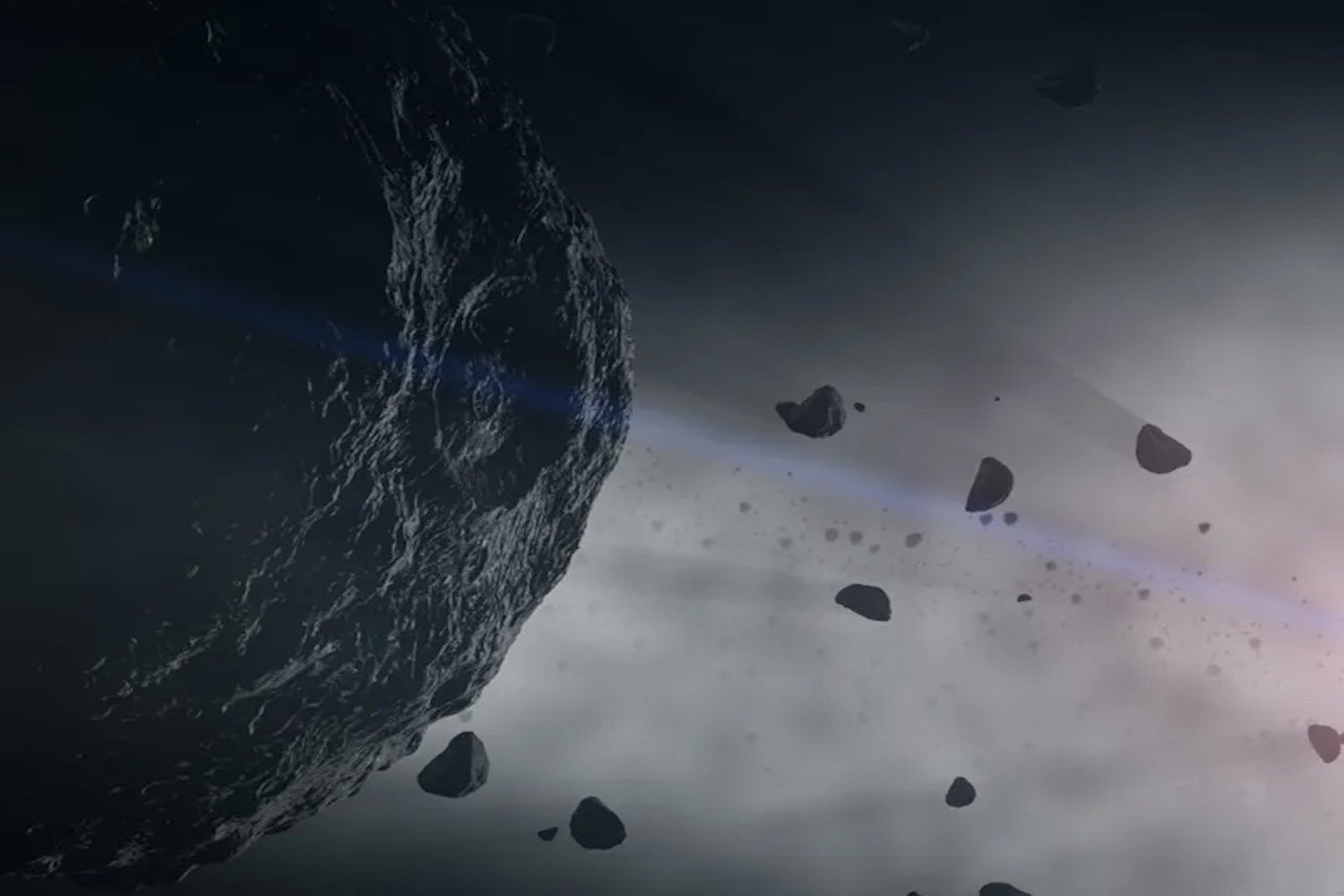
78 million years ago, a 1.6 km asteroid slammed into what is now Finland, creating a crater 23 km (14 mi) wide and 750 m deep. The catastrophic impact created a fractured hydrothermal system in the shattered bedrock under the crater.

Mars isn’t the neatly layered world we once imagined — its mantle is filled with ancient, jagged fragments left over from colossal impacts billions of years ago.

Researchers say the 3.47-billion-year-old meteorite impact crater could help explain how life on Earth began.

Meteoroids striking Mars produce seismic signals that can reach deeper into the planet than previously known.

Bennu has a 1-in-2,700 chance of colliding with Earth in 2182, causing a global winter and drought.

New research shows that when an asteroid slammed into the moon billions of years ago, it carved out a pair of grand canyons on the lunar far side.

If Earth is going to be blown to bits by an asteroid, it'd be nice to have some advance warning and a newly developed equation gives us a better chance of an early heads up.

Some 3.26 billion years ago a giant rock between 50 and 200 times the size of the Chicxulub dino-killer smacked into our planet. The result of this impact may have churned up nutrients that gave a select few early microbes a boost.

A space rock that smacked into Earth 66 million years ago and devastated the ancient life living thereon took a remarkably circuitous route to get here, a new study has found.

A team of scientists have found that a single meteorite was likely responsible for creating billions of craters on the Martian surface.

Fine dust suspended in the atmosphere may have played a significant role in the extinction of dinosaurs after all.

The Deniliquin structure spans up to 520 kilometres in diameter. This exceeds the size of the near-300km- wide Vredefort impact structure in South Africa, which to date has been considered the world's largest.

NASA's scientist, James Garvin, thinks we might have been misreading traces of some of the more serious asteroid strikes that have occurred within the past million years. If he's right, the odds of being hit by something nasty could be higher.